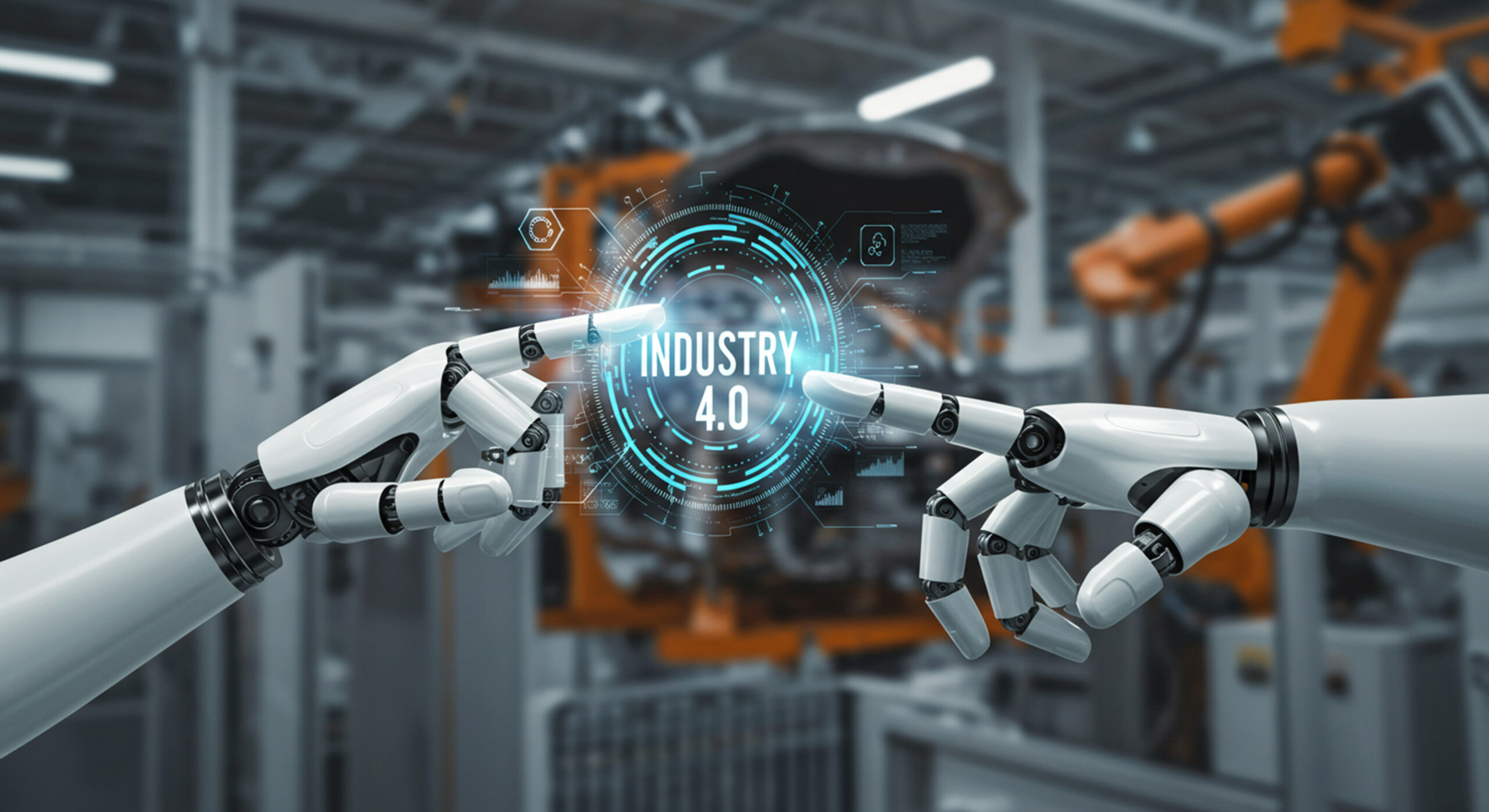How can AEC firms strengthen their workforce development strategies amid growing labor shortages? In what ways can outsourcing partners support workforce development goals? What role does workforce development play in retaining top talent in a rapidly evolving industry?
In today’s architecture, engineering, and construction (AEC) landscape, workforce development is no longer just a buzzword—it’s a survival strategy. With over 180,000 new jobs projected in the sector by 2032, firms must prioritize upskilling, mentorship, and career path planning to address widening skills gaps, boost retention, and keep pace with digital transformation. This article explores the critical importance of investing in workforce development to maintain innovation, safety, and productivity across increasingly complex projects.
Beyond internal initiatives, outsourcing partners are emerging as powerful allies in workforce development efforts. By filling immediate talent gaps, supporting in-house teams, and fostering knowledge transfer, strategic outsourcing enables AEC firms to scale effectively and maintain agility in volatile markets. The blog outlines how integrating outsourcing into broader workforce development strategies can future-proof operations and cultivate a culture of continuous learning, ensuring long-term organizational success.
Have you seen the recent projections from the U.S. Bureau of Labor Statistics? They tell us employment in architecture and engineering is set to grow by up to 6% by 2032, translating to over 180,000 new jobs on the horizon. These numbers highlight just how urgently we need effective workforce development strategies in the AEC sector.
What exactly do I mean by workforce development? At its core, it’s about coordinating training, education, and employment services to equip workers with the skills they need to succeed in their professions. In the AEC world, where projects are becoming increasingly complex and timelines seem to get tighter every year, workforce development is essential.
In this article, we’ll explore how workforce development helps maintain productivity while ensuring both safety and innovation at worksites. We’ll also examine how outsourcing partners can contribute to this effort and position organizations for success in a rapidly changing industry.
Table of Contents:
Current Workforce Challenges in AEC
Why Workforce Development is Critical for AEC
Talent Shortages and Skills Gaps
Employee Retention and Engagement
Core Components of Effective Workforce Development in AEC
Training and Upskilling Programs
Mentorship and Knowledge Transfer
Embracing Diversity and Inclusion
The Strategic Role of Outsourcing Partners in Workforce Development
Knowledge Sharing and Process Improvement
Long-Term Benefits of Integrating Outsourcing into Workforce Strategy
Increased Organizational Agility
Cost-Effective Scaling of Talent
Encouraging a Learning Culture
Current Workforce Challenges in AEC
Architecture and engineering firms are facing a perfect storm of workforce challenges. An aging workforce is retiring faster than new talent is entering the field, technology is evolving at breakneck speed, and persistent labor shortages continue to hamper project delivery.
The Associated General Contractors of America reported in 2023 that a staggering 88% of construction firms were struggling to fill craft positions. And that’s not all—the demand for digital skills in engineering and architectural roles has skyrocketed, leaving many firms desperately searching for adequately trained personnel.
Why Workforce Development is Critical for AEC
Labor shortages remain one of the top constraints on growth in the architecture, engineering, and construction industry. As AEC firms continue to modernize, effective workforce development isn’t just beneficial; it’s absolutely essential for survival and success.
Evolving Industry Demands
There’s no denying that the AEC industry is in the midst of a digital transformation. From Building Information Modeling (BIM) to artificial intelligence and automation, today’s projects demand a level of digital fluency that wasn’t necessary even a decade ago. Consider this: BIM has been adopted by a growing majority of U.S. architecture firms, according to the American Institute of Architects. Meanwhile, digital twins and cloud-based collaboration platforms are revolutionizing how we achieve real-time project visibility and make critical decisions.
As projects grow increasingly complex and expansive in scope, multidisciplinary collaboration has become the standard operating procedure. Architects, engineers, environmental specialists, and project managers must now work together seamlessly as a cohesive unit. This level of coordination requires not only technical proficiency but also robust communication and collaborative abilities. These skills don’t develop by accident but must be cultivated intentionally through comprehensive workforce development programs.
Talent Shortages and Skills Gaps
We’re facing a well-documented mismatch between the skills companies desperately need and those the current workforce actually possesses. A revealing survey by McKinsey found that 87% of companies reported they either already faced skill gaps or expected to within a few years. In the AEC sector specifically, the need spans everything from traditional disciplines, such as structural engineering and mechanical drafting, to emerging specialties, such as digital surveying, drone operation, and sustainable design implementation.
Unfortunately, the problem isn’t limited to technical skills. As projects become more collaborative and client-focused, soft skills like leadership, adaptability, conflict resolution, and effective communication are increasingly valuable assets. That’s why forward-thinking workforce development programs must address a comprehensive skill set that encompasses technical, interpersonal, and managerial competencies to create well-rounded professionals capable of navigating the complexities of modern AEC projects.
Employee Retention and Engagement
Let’s talk about retention, another powerful driving force behind workforce development investments. According to Gallup research, organizations that invest in employee development experience 11% greater profitability and are twice as likely to retain their talented staff. In an industry where project-based work can put tremendous strain on teams, providing clear career growth opportunities is essential for keeping talent engaged and committed to your organization.
Firms that prioritize continuous learning and skill development foster something invaluable: a sense of purpose and loyalty among their staff. When employees see tangible evidence that their employers are genuinely invested in their future success, morale rises noticeably and attrition falls dramatically. It’s worth emphasizing that workforce development isn’t just a talent acquisition tool but a critical retention strategy for AEC professionals in the competitive market.

Experience Our No-Obligation Trial: Uncover How Our Proven Engineering Outsourcing Services Can Elevate
Your Business


Experience Our
No-Obligation Trial: Uncover How Our Proven Engineering Outsourcing Services Can Elevate
Your Business
Core Components of Effective Workforce Development in AEC
Most firms agree that upskilling is the most effective strategy for solving workforce challenges. But what does a truly successful workforce development strategy look like? It must be multifaceted and deeply embedded in company culture to deliver sustainable results.
Training and Upskilling Programs
Ongoing education stands as the cornerstone of effective workforce development. This can manifest in various forms, including hands-on, on-the-job training, formal coursework at educational institutions, and industry-recognized certifications. Take the National Center for Construction Education and Research (NCCER), for example, which offers structured certification programs that are widely respected across the U.S. construction industry.
But let’s be clear: training programs can’t focus solely on current tools and methods. These educational initiatives must prominently feature emerging technologies. Staff should be taught not just the mechanical aspects of operating tools and platforms but, more importantly, how to meaningfully interpret the data these sophisticated systems generate for better, more informed decision-making that drives project success.
Mentorship and Knowledge Transfer
Thoughtful mentorship programs ensure that valuable institutional knowledge isn’t lost forever when experienced professionals retire or move on. By intentionally pairing new hires with seasoned mentors, firms can accelerate onboarding processes, boost professional confidence, and strengthen company culture through personal connections. This knowledge transfer becomes particularly critical in legacy firms where decades of process-based learning and contextual understanding reside in the minds of long-term employees.
Firms should consider implementing structured mentorship programs with regular check-ins, defined learning objectives, and recognition for mentors who excel at developing junior talent. These relationships often evolve into lasting professional connections that benefit both individuals and strengthen the organization’s collaborative culture over time.
Career Path Planning
Clearly defined career paths are essential for motivation and talent retention in the AEC sector. Today’s professionals want transparency about what lies ahead (whether they’re starting as a junior architect or transitioning from site management to project leadership roles). Effective workforce development should methodically map out potential career trajectories and articulate the specific skills required to reach each progressive level. This creates a transparent ladder of growth that employees can visualize and work toward with confidence.
These career maps should be living documents, regularly updated to reflect industry evolution and emerging specializations. Regular career development discussions between managers and team members ensure alignment between individual aspirations and organizational needs, creating win-win scenarios for professional advancement.
Embracing Diversity and Inclusion
A diverse workforce demonstrably strengthens innovation capacity and elevates decision-making quality. According to McKinsey’s comprehensive report on diversity in the workplace, companies in the top quartile for ethnic diversity are 36% more likely to outperform those in the bottom quartile. Inclusive workforce development initiatives not only broaden the available talent pool but also foster greater equity throughout the organization.
Diversity initiatives should extend beyond recruitment to include inclusive mentoring, equitable advancement opportunities, and creating psychologically safe environments where diverse perspectives are genuinely valued in the problem-solving process. When diverse teams collaborate effectively, they bring multifaceted perspectives to complex challenges—a particular advantage in the multidisciplinary world of AEC projects.
The Strategic Role of Outsourcing Partners in Workforce Development
A growing number of AEC firms now engage outsourcing partners to meet project needs. When approached thoughtfully, these partnerships can be valuable contributors to comprehensive workforce development strategies, offering several key benefits, including:
Filling Immediate Talent Gaps
Outsourcing provides rapid access to skilled professionals when internal teams lack capacity or specialized expertise. Whether your organization faces a pressing need for specialized MEP (Mechanical, Electrical, Plumbing) design expertise, drone mapping analysts, or sustainability consultants, strategic outsourcing firms allow AEC companies to scale up quickly without enduring the lengthy delays typically associated with direct hiring processes.
Consider this practical example: outsourced BIM modelers or CAD technicians can be brought in to complete a critical project phase without overloading your full-time staff. This ensures that internal teams can maintain focus on their core responsibilities and avoid the burnout that often leads to costly turnover. This targeted approach to resource allocation can be particularly valuable during periods of unexpected growth or when specialized expertise is needed for limited-duration projects.
Supporting Internal Teams
It’s important to understand that effective outsourcing isn’t just about filling vacancies. It’s also about providing meaningful support to your existing staff. By strategically offloading repetitive or overflow work, outsourced teams help relieve pressure on in-house engineers, architects, and project managers during peak demand periods. This breathing room creates valuable space that allows internal talent to focus on higher-value tasks, pursue additional training opportunities, or lead strategic initiatives that drive organizational growth.
In a particularly telling survey by Deloitte, 65% of executives reported that outsourcing allows their teams to focus more intently on core business goals, effectively creating the essential space needed for workforce development internally. This reallocation of attention and energy can transform how your internal teams function and grow professionally.
Knowledge Sharing and Process Improvement
Experienced outsourcing partners frequently bring fresh perspectives, global best practices, and innovative process improvements to the table. When firms collaborate closely with these partners in a spirit of mutual learning, they gain valuable exposure to new techniques and technologies that can be subsequently adopted and disseminated throughout internal teams.
Whether refining project documentation workflows, implementing lean construction methodologies, or adopting cutting-edge sustainability practices, strategic outsourcing partners often serve as catalysts for internal learning and modernization efforts.

Experience Our No-Obligation Trial: Uncover How Our Proven Engineering Outsourcing Services Can Elevate
Your Business


Experience Our
No-Obligation Trial: Uncover How Our Proven Engineering Outsourcing Services Can Elevate
Your Business
Long-Term Benefits of Integrating Outsourcing into Workforce Strategy
A global report by Grand View Research projected that the engineering services outsourcing market will reach an astonishing $2.7 trillion by 2030. This remarkable figure signals that outsourcing is certainly not a temporary stopgap measure but a strategic pillar for long-term growth, especially when thoughtfully integrated with broader workforce development goals.
Increased Organizational Agility
The AEC industry has become increasingly project-based and subject to market volatility in recent years. Strategic outsourcing enables firms to maintain operational nimbleness, adjusting staffing levels based on workloads without sacrificing project timelines or overextending internal resources. With reliable access to external talent pools, firms can pivot quickly and confidently when a client demands an unexpected shift or new regulations require specialized expertise.
This enhanced organizational agility also allows companies to pursue and successfully execute more complex or ambitious projects than their in-house teams could reasonably accommodate alone. At the same time, it creates valuable opportunities for internal teams to build new competencies alongside seasoned external experts. The resulting knowledge transfer strengthens your organization’s capabilities for future projects.
Cost-Effective Scaling of Talent
Let’s be realistic: hiring full-time specialists for every conceivable project phase can be prohibitively expensive and often impractical. By thoughtfully integrating outsourcing into their workforce development strategy, forward-thinking AEC firms can scale talent more cost-effectively, striking the right balance between full-time employees and flexible, project-based external resources that can be engaged precisely when needed.
This blended workforce model proves particularly effective for firms that experience cyclical workloads or those actively expanding into new geographic regions or service lines. It ensures that workforce development remains dynamic and scalable, adapting to changing market conditions without compromising quality or overburdening your permanent staff with unsustainable workloads during peak periods.
Encouraging a Learning Culture
Regular exposure to diverse working styles and problem-solving methodologies via outsourcing partnerships naturally fosters a learning-oriented culture throughout your organization. When in-house teams collaborate closely with external experts, a valuable cross-pollination of ideas, approaches, and innovations occurs organically, benefiting both parties.
This constant exchange of knowledge and perspectives promotes greater innovation, fuels professional curiosity, and continually reinforces the fundamental idea that learning and improvement are never-ending processes—a cornerstone principle of genuinely effective workforce development programs that deliver lasting value to organizations and individuals.
Conclusion
Workforce development is no longer optional for AEC firms. In a sector characterized by accelerating technological change, increasing project complexity, and a challenging skilled labor shortage, those firms that strategically invest in developing their teams will be best positioned for sustained success and competitive advantage.
From comprehensive training initiatives and thoughtful mentorship programs to transparent career pathing and genuine inclusion efforts, effective workforce development equips teams to thrive amid uncertainty and change. And as the demand for specialized talent continues to intensify across the AEC sectors, strategic outsourcing partners can play an increasingly critical role, offering not just immediate capacity relief but genuine long-term value through knowledge exchange and process innovation.
By intelligently integrating outsourcing into their broader workforce strategy, AEC firms gain remarkable flexibility, access to specialized expertise when needed, and the invaluable opportunity to foster a vibrant culture of continuous learning and innovation. In doing so, they position themselves to confidently meet today’s pressing challenges while simultaneously preparing for tomorrow’s emerging opportunities.
The most successful organizations will be those that view workforce development not as a separate HR initiative but as an integral component of their business strategy. By investing in people, processes, and partnerships today, smart firms are laying the foundation for a more resilient, adaptable, and successful tomorrow in an industry that continues to evolve.




